Home>Storage Ideas>Did You Know? Wood Primer Is Really Important!
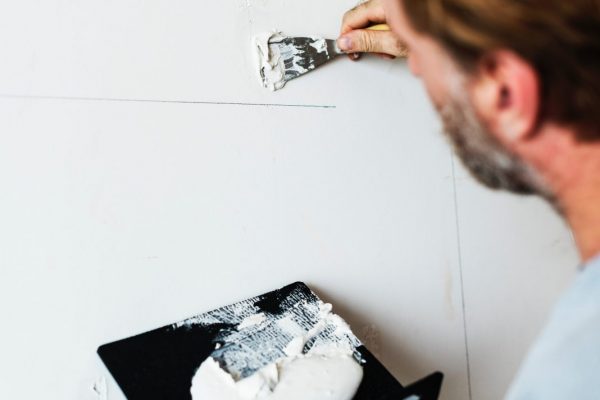
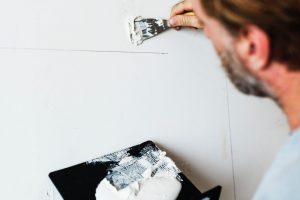
Storage Ideas
Did You Know? Wood Primer Is Really Important!
Modified: January 18, 2024
Its official, wood primer holds miraculous powers! It does wonders to prevent stains, hide knots and so much more. So know how to use it before you buy one
(Many of the links in this article redirect to a specific reviewed product. Your purchase of these products through affiliate links helps to generate commission for Storables.com, at no extra cost. Learn more)
Primer is used while painting different materials, especially wood. Basically, primer is a layer that enhances the wood paint and protects the wood.
Primer makes the wood paint adhere to the surface that is being painted so you do not have to worry about flaking or chipping of the paint. Long story short, it is designed to adhere to surfaces and to form a binding layer that receives the paint better.
It also prevents stains from showing through, hides knots, seals odours and helps protect surfaces from rust and mould.
The use of a primer is a must if the material is not water-resistant and is exposed to the elements.
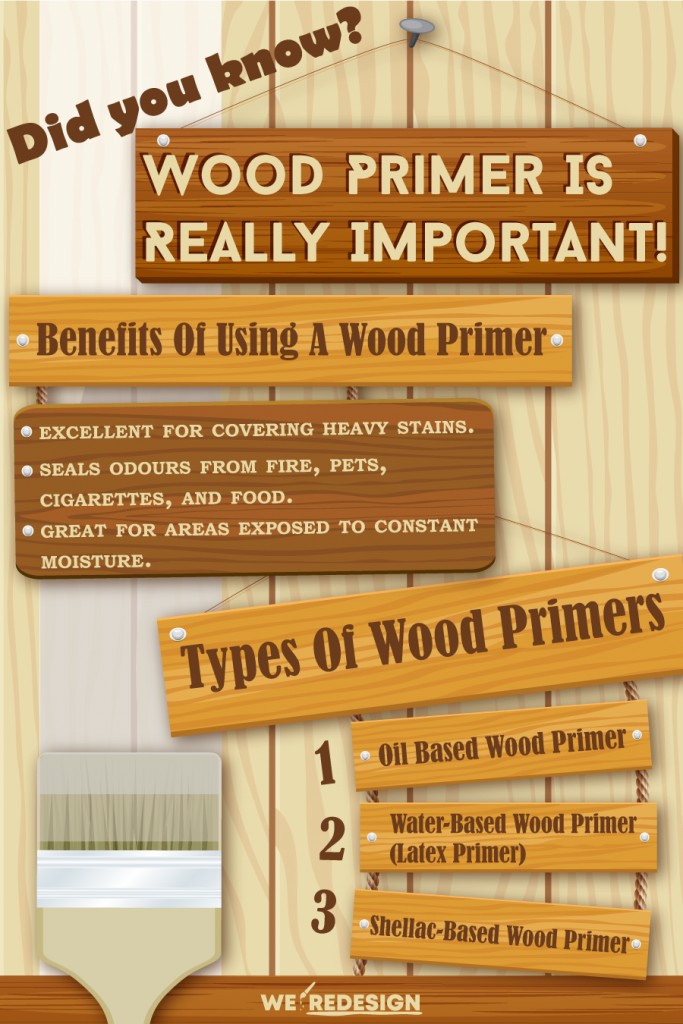
When To Use A Wood Primer?
You should be using high-quality latex primer or an oil based primer when you are painting new wood that is not stained.
If your wood is stained or painted, you will have to use a stain-blocking primer.
If the wood is painted and if you want to change the colour from dark to light you must use a wood primer.
Without applying a primer, the dark colour will show through the new paint no matter how many coats of paint are applied. Light to dark can also make problems.
Old and weathered wood require a latex or oil based primer of high quality. If the wood is not primed, the paint very likely will peel.
The primer must dry completely before painting. Some wood primers could even be used without a top coat of paint and they will adhere well to the old paint.
Read also: 10 Incredible Masonry Primer For 2025
The Benefits Of Using A Wood Primer
Wood primer is excellent for covering heavy stains. It also seals odours from fire, pets, cigarettes, and food. It is great for areas exposed to constant moisture.
Wood primer prevents mould from forming. It can also kill active mould and mould spores. This makes wood primer great in kitchens, bathrooms, saunas or laundry rooms.
Types Of Wood Primers
There are three types of wood primers, each one with specific properties and uses:
1. Oil Based Wood Primer
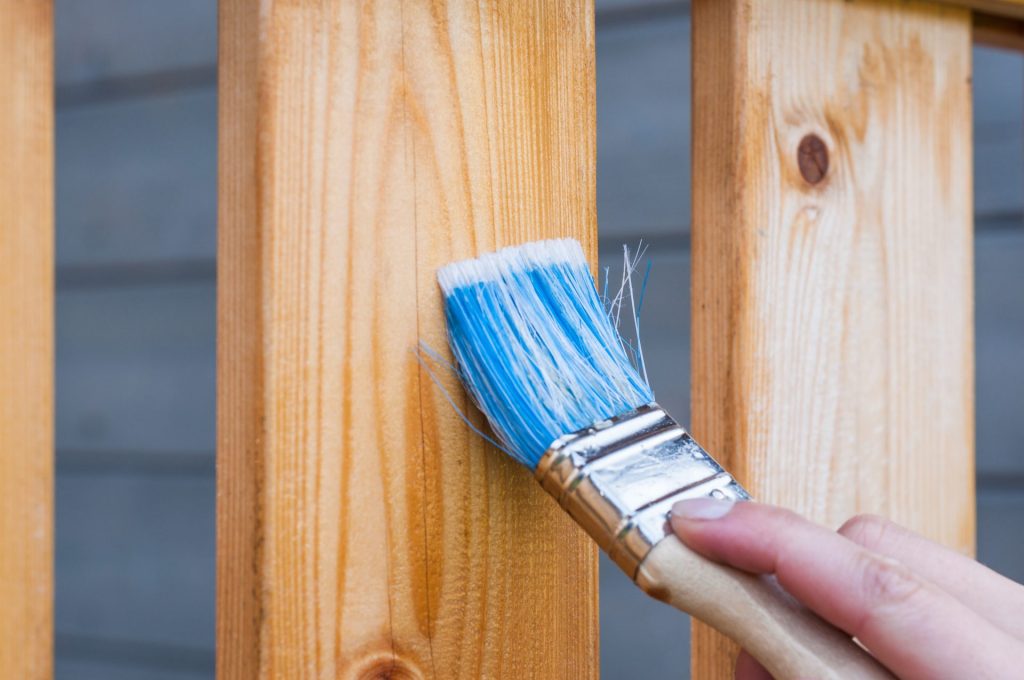
Photo by Pixabay
Oil based primers are great for almost any type of surface, except masonry and galvanized metal. They are especially good for wood. They can easily seal the surface of the wood so your paint will be applied smoothly.
This type of primer stops stains and tannins from seeping through wood and can prevent peeling and blistering of the paint.
Apply the oil primer in a well-ventilated space. Oil based primers take longer to dry, but they bond more strongly to surfaces and last longer. Wait approximately 24 hours before recoating.
However, there are some new oil primers that dry faster. But be extremely careful. Oil based primers produce a strong odour and emit a lot of VOCs (volatile organic compounds).
Studies have shown that the concentration of VOCs go up to ten times higher when products with VOCs are used indoors. Studies have also shown that VOCs affect the eye, throat, and can cause nose irritation, and even cancer. Because of this, when you use primers with a lot of VOCs, make sure you use a face mask and have good ventilation.
2. Water-Based Wood Primer (Latex Primer)
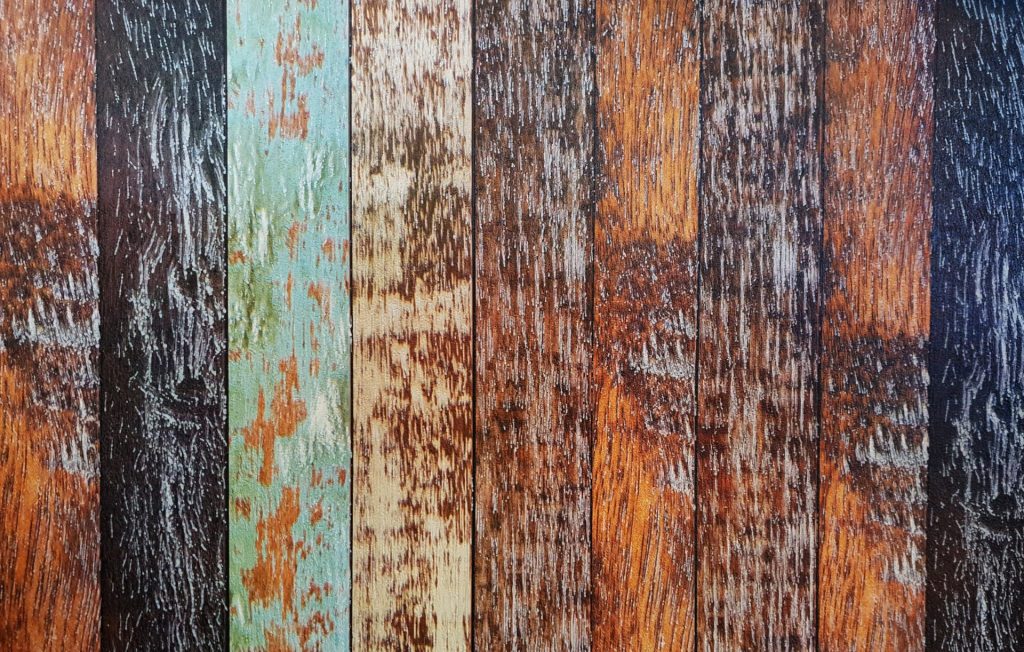
Photo by Magda Ehlers on Pexels
Water-based primers are great for drywall, unfinished wood surfaces, softwoods, bricks and galvanized metal.
An exception to wood is cedar because a water-based primer is not good for this type of wood.
Cedar needs an oil based primer to prevent tannin stains from the wood coming through to the surface. Water-based primers are safer because they have low or no VOCs.
Water-based primers are the easiest to work with. They dry faster and create less of an odor. But they are not as effective at covering larger stains as the other two types of primes.
You could use a water-based primer only if the stains are small. If you are planning to paint over old paint or hardwood, as well over large, dark and smelly stains, you should choose a different type of primer.
3. Shellac-Based Wood Primer
This is probably the oldest type of primer which has been used for centuries. It covers anything from rust to water damage to tannins.
Shellac base primers can even seal smells, such as the smell of smoke. If you want to cover up stains and seal odours on new or painted wood surfaces, the shellac-based wood primer without a doubt will help you.
Shellac primers generally dry faster than oil based, but not as fast as the water-based. It can be used with oil-based or water-based paints.
Use shellac-based primers for outdoor surfaces or indoor surfaces that need maximum protection.
The Process Of Wood Painting
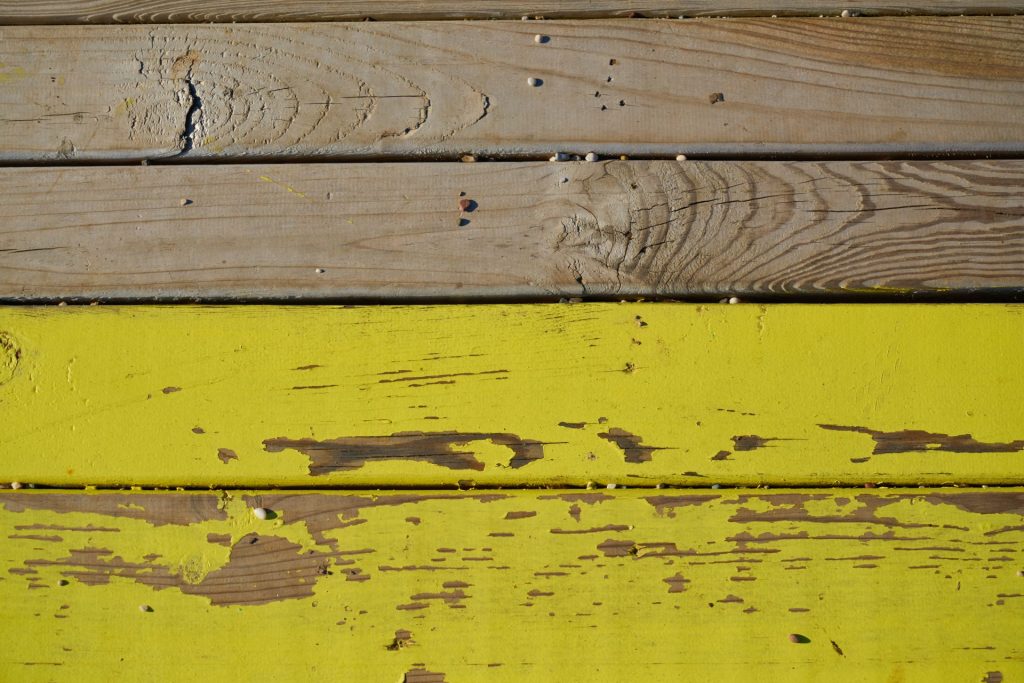
Want to repaint a piece of old wooden furniture or paint a new one? Wood painting is a wonderful experience, be ready to enjoy it. However, you should follow a few steps.
The wood must be cleaned and sanded first before being primed. After priming comes painting and the last step in the process is applying sealant.
You also need to decide which wood paint technique you want to use and what materials and tools are needed for the chosen technique.
Primer paint and sealant must be compatible. For example, an oil based primer should be selected for oil based paint.
It is important to know the different qualities of each primer. Shellac wood primer protects against stains the best, but it has a strong smell.
Water-based wood primers may not protect against staining. The choice also depends on the kind of wood being painted.
While oil based products have many advantages, they require special care including adequate ventilation.
Other Useful Tips

Photo by Engin Akyurt on Pexels
Be careful because primer, wood paint, and sealant are chemicals that require special care. You must be very careful and protect yourself, the people nearby, and the space in which you are working.
Wood must be clean before primer is applied. Lightly sand the wood to remove unwanted particles and ensure a smooth surface. After sanding, the resulting dust should be cleaned from the wood. Before applying, repair any damage.
If there are knots in the wood, as often found in pine, seal them with a knot sealer. If this is not done, over time the knots will leak sap, which will penetrate the paint and form a stain on the surface.
The primer would not bond well with the topcoat if it dries out completely. Allow it to dry for the stated time. Sand the primer gently to remove any imperfections before applying the topcoats.
Drywall primer on wood? It is not a good idea to use drywall primer on wood. Professional painters say that most wood will bleed through a drywall primer. Also, the wood’s rings absorb differently. The softer ring will expand as the primer dries and you will be left with a rough surface.
Once you’re done putting up the last finishes on your wooden furniture, check out some cool easy painting ideas for your home to brighten up space by contrasting it with the furniture.
Was this page helpful?
At Storables.com, we guarantee accurate and reliable information. Our content, validated by Expert Board Contributors, is crafted following stringent Editorial Policies. We're committed to providing you with well-researched, expert-backed insights for all your informational needs.
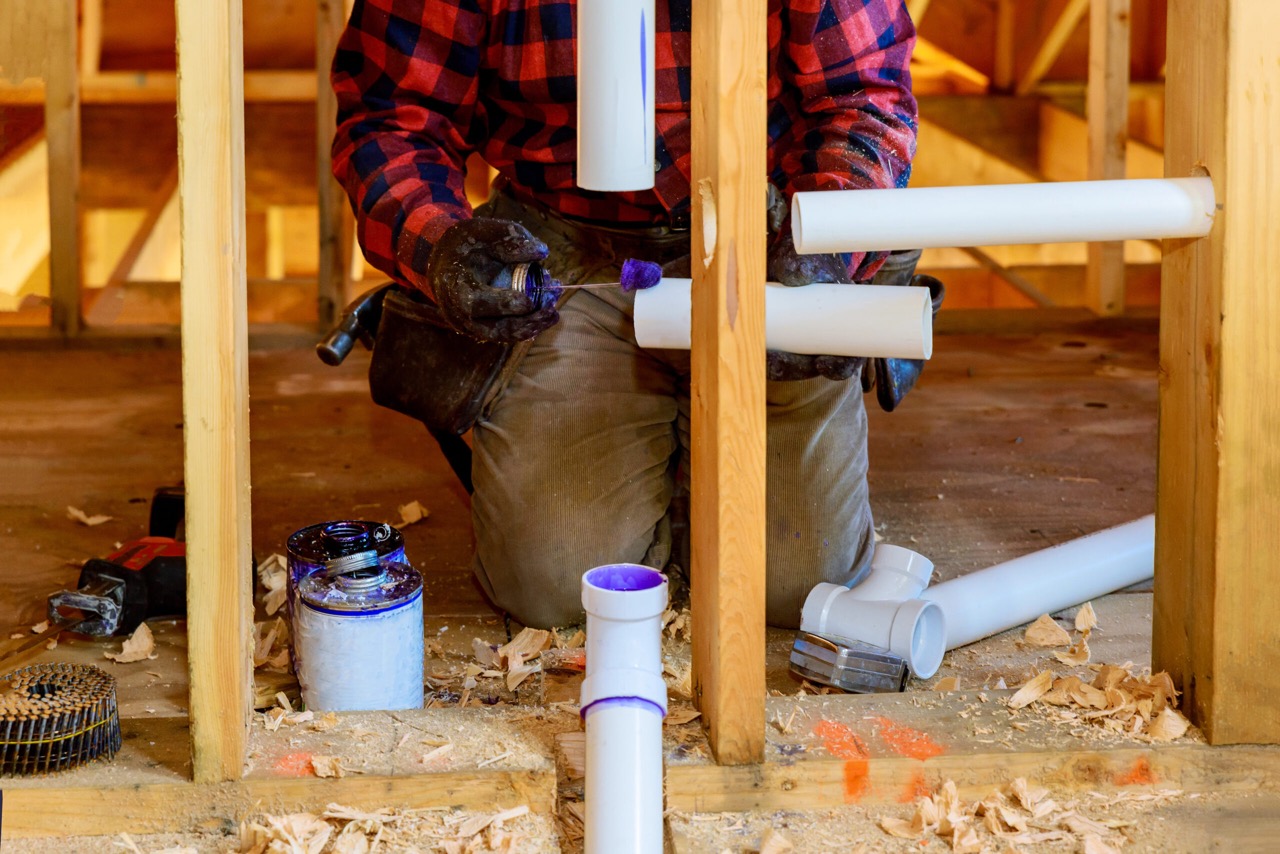
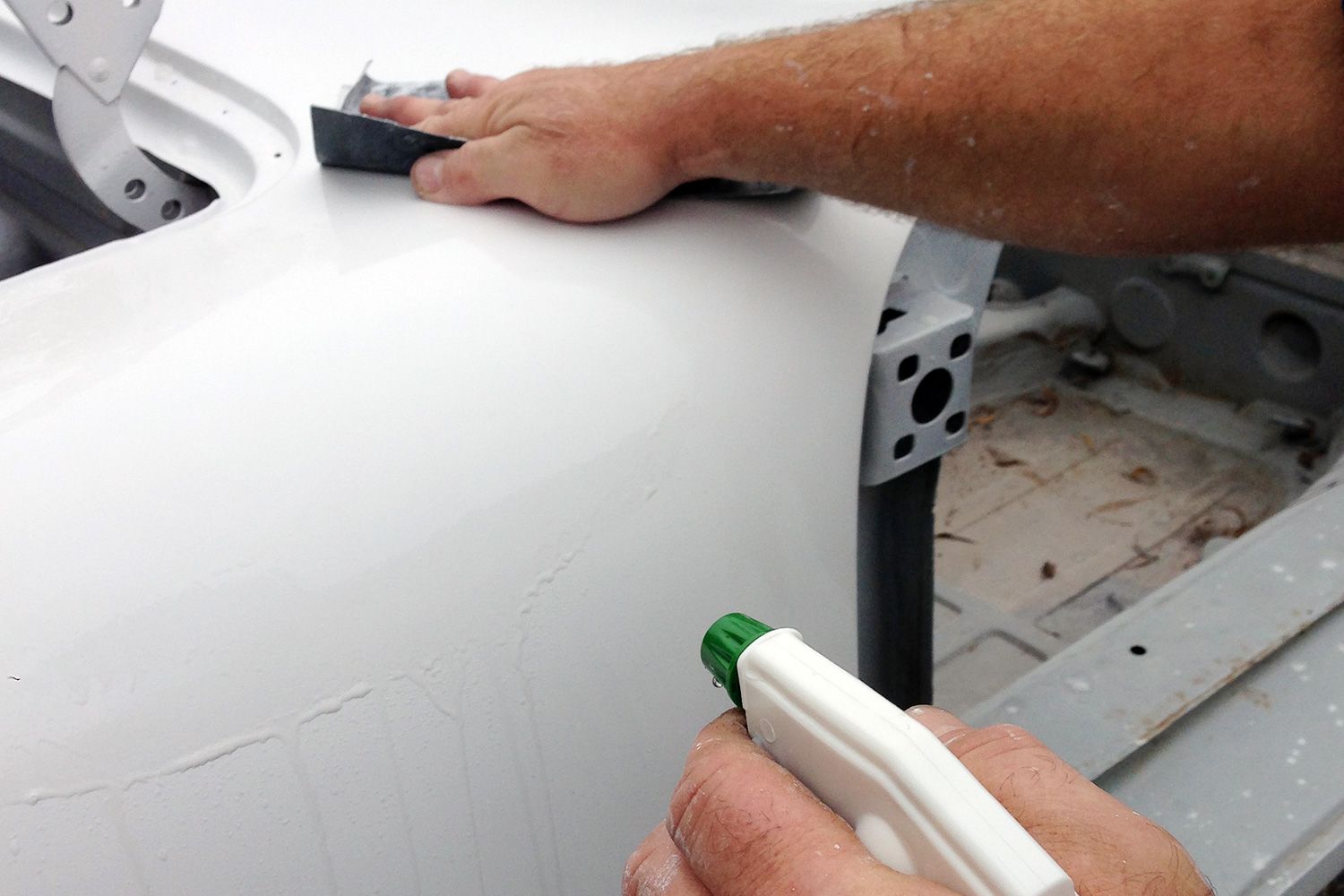
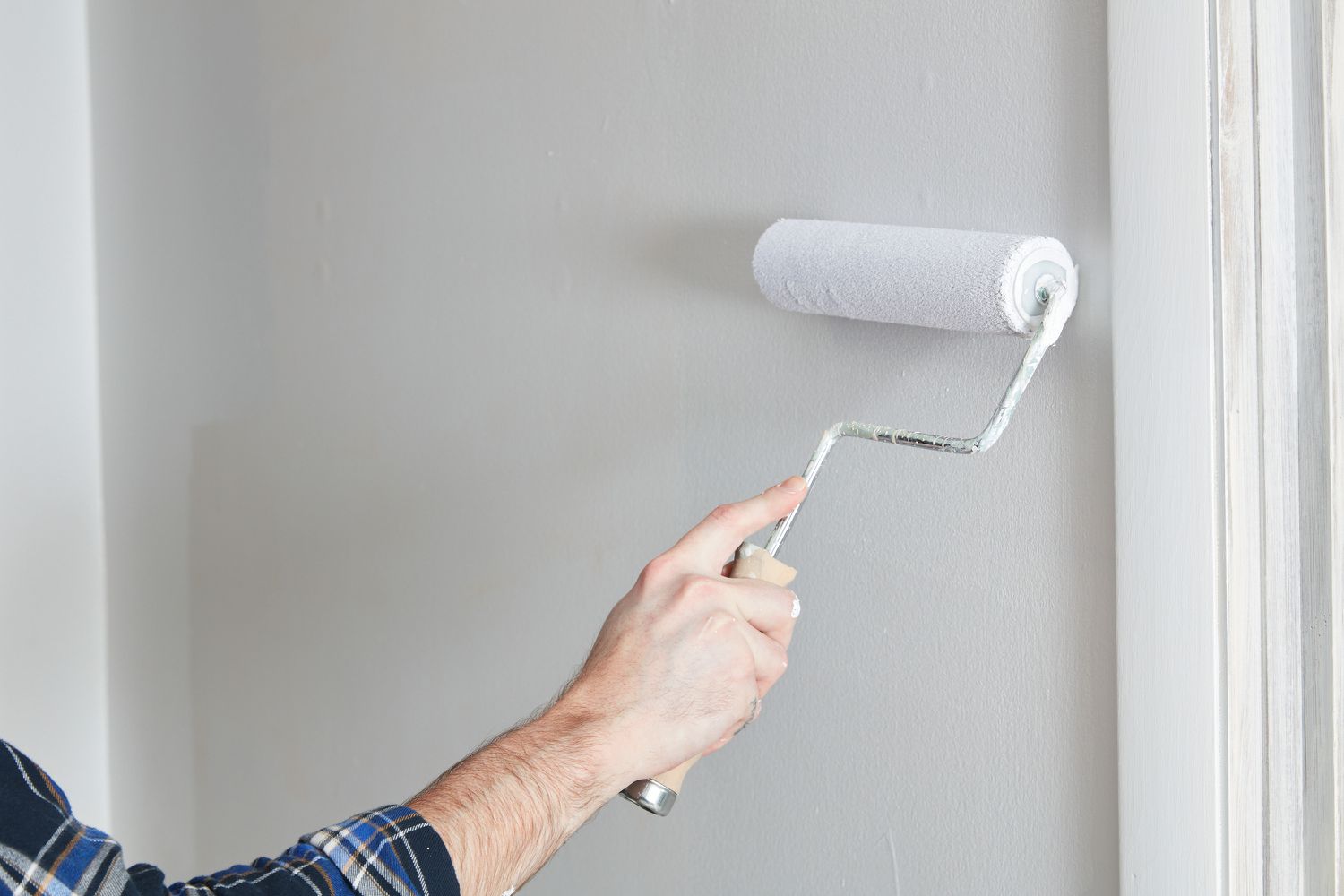
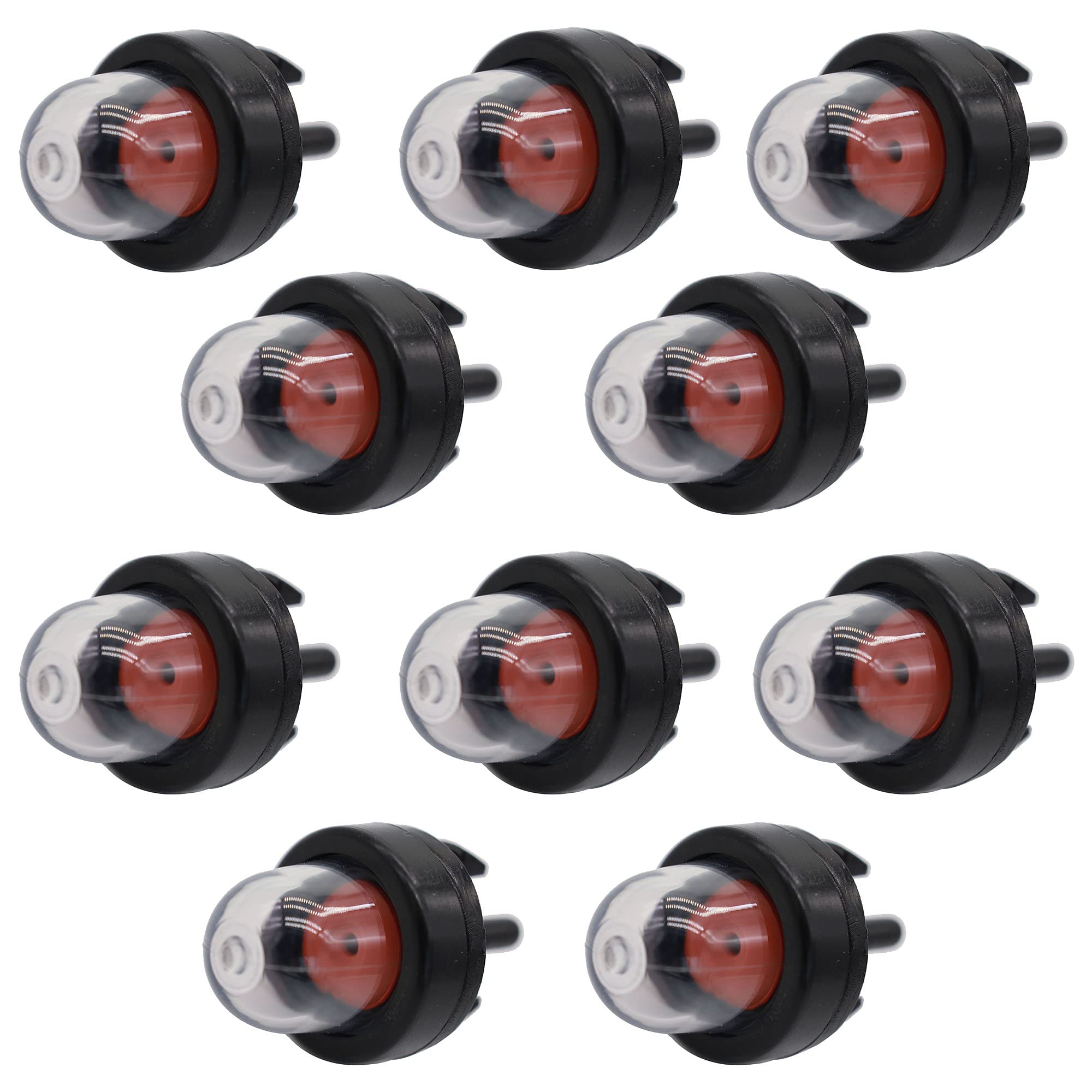
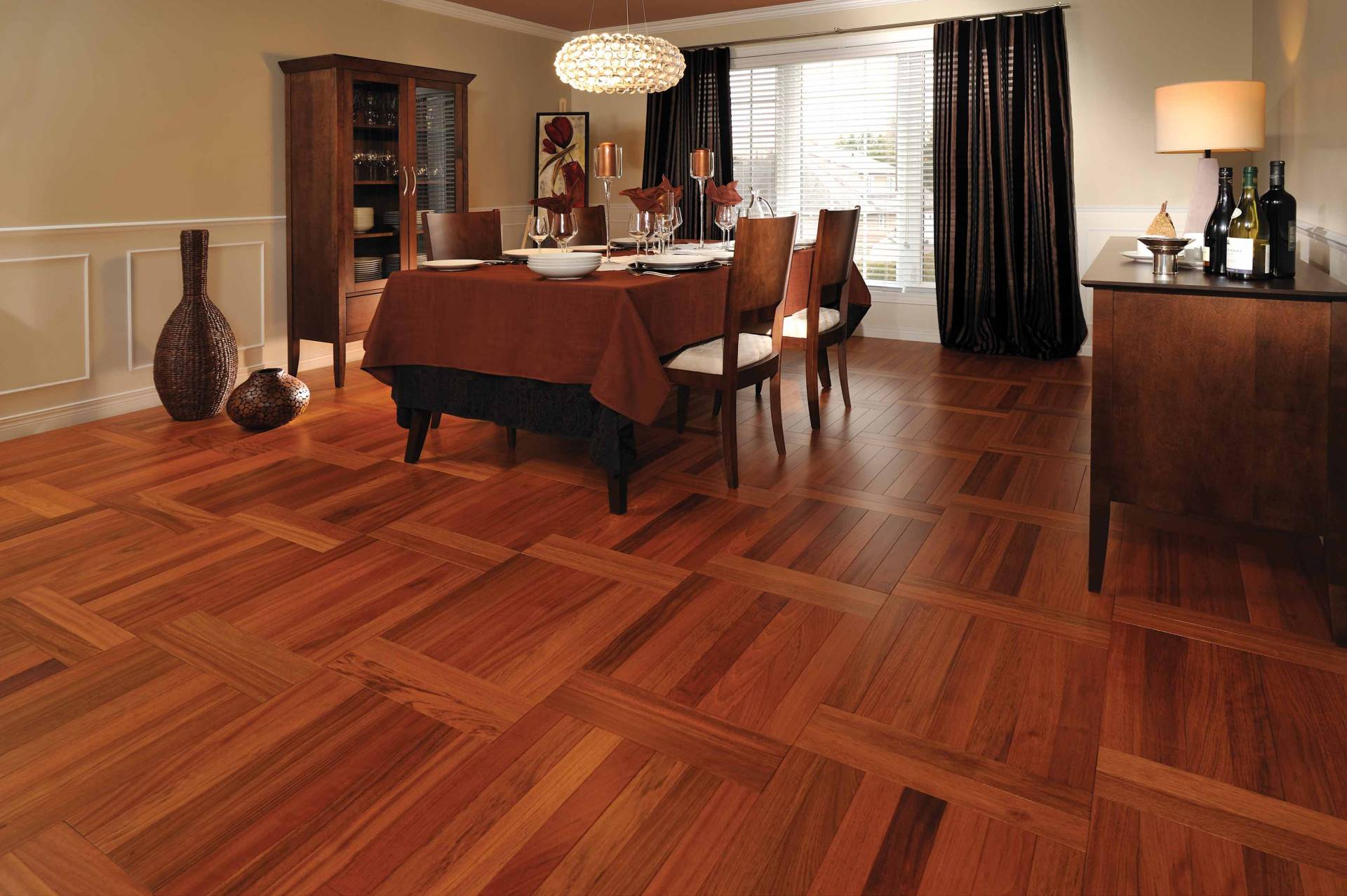
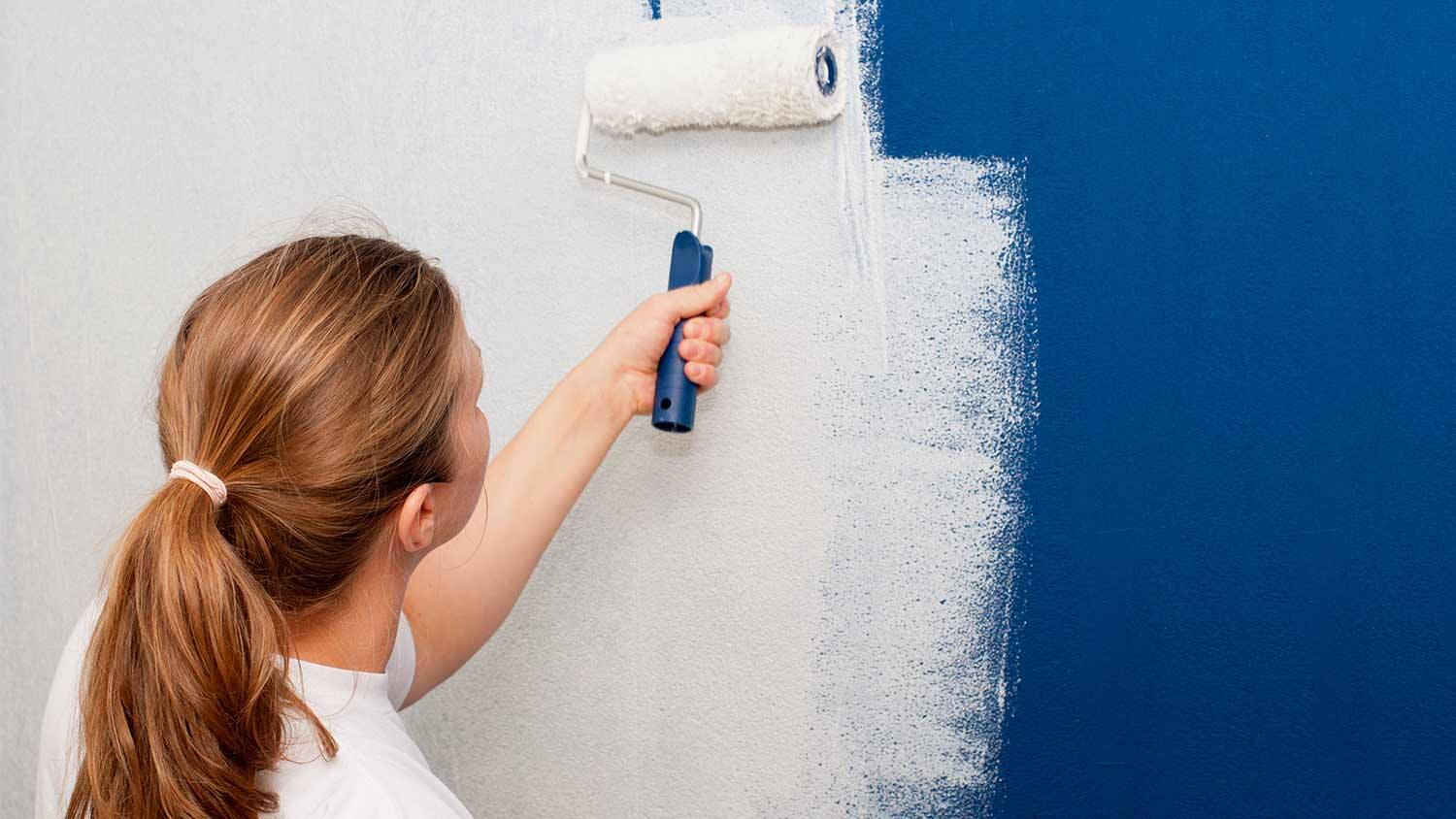
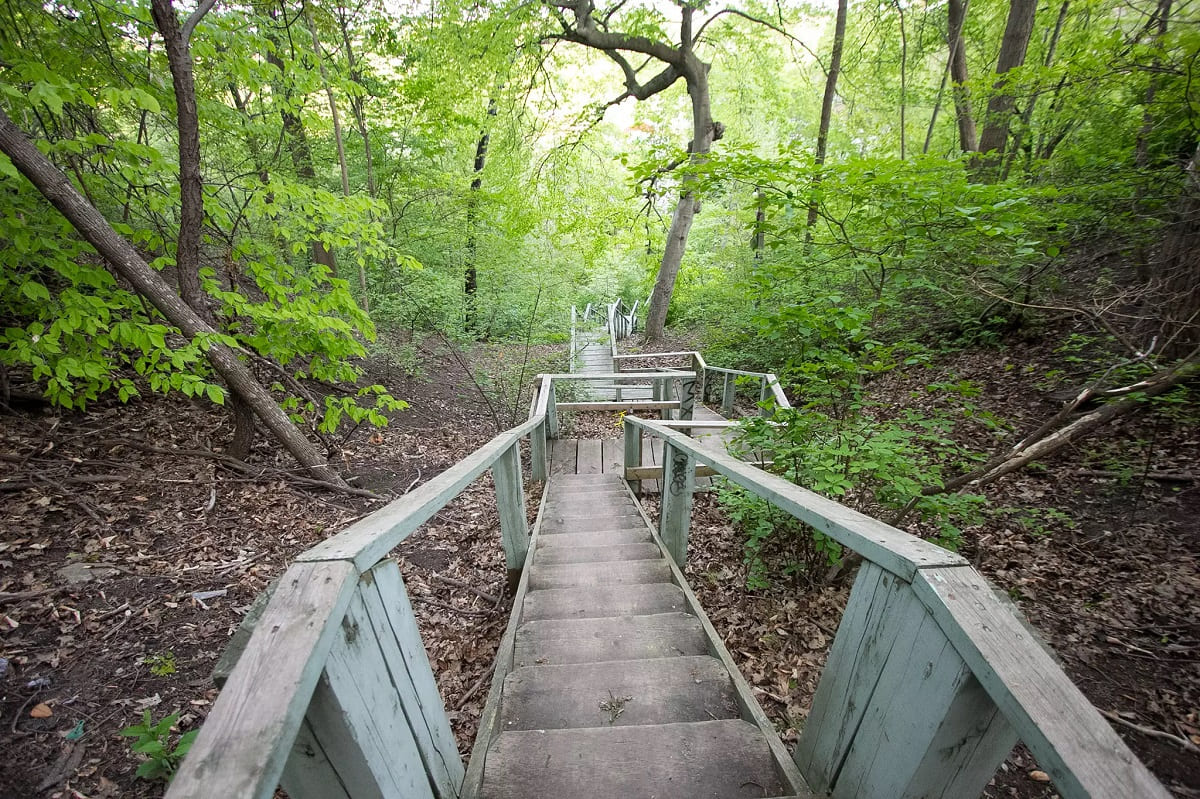
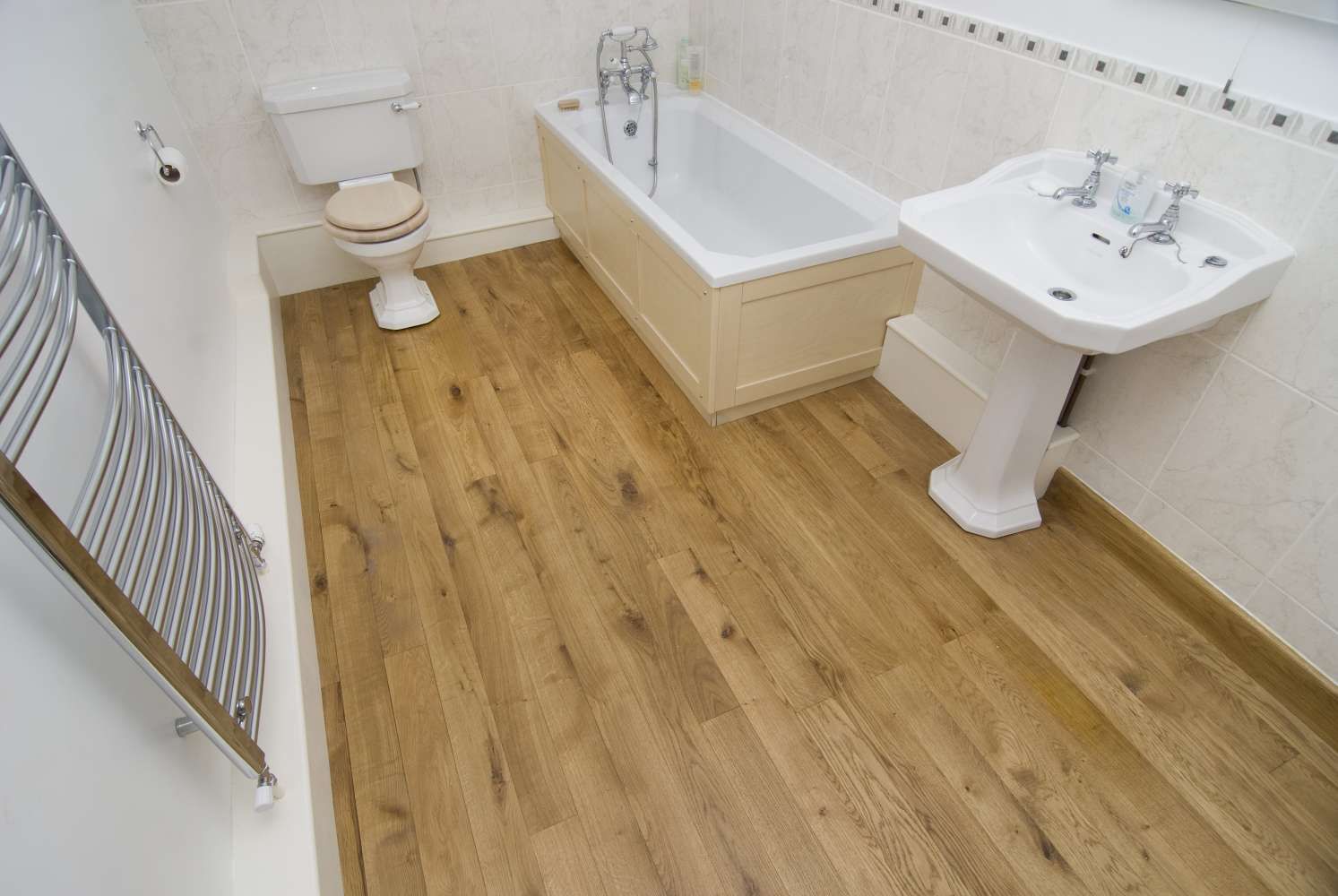
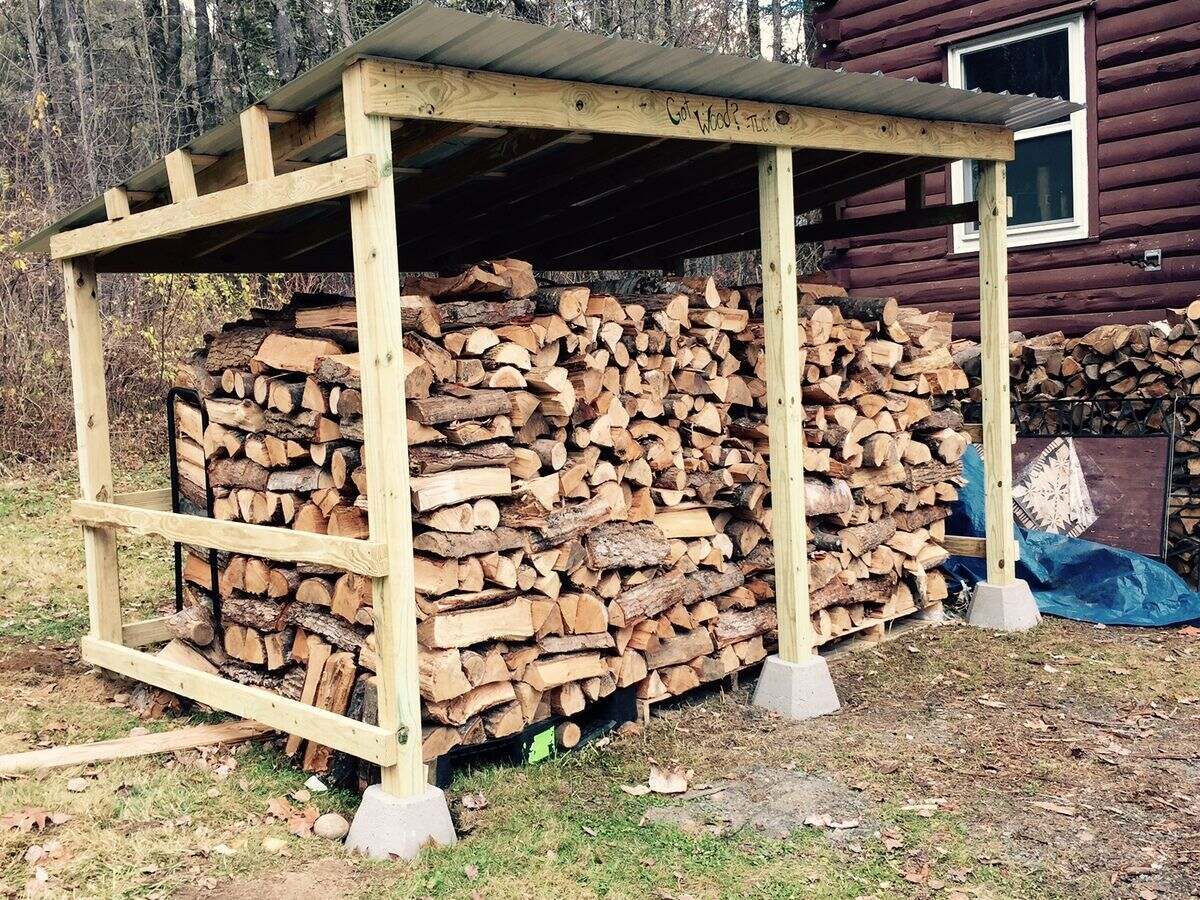
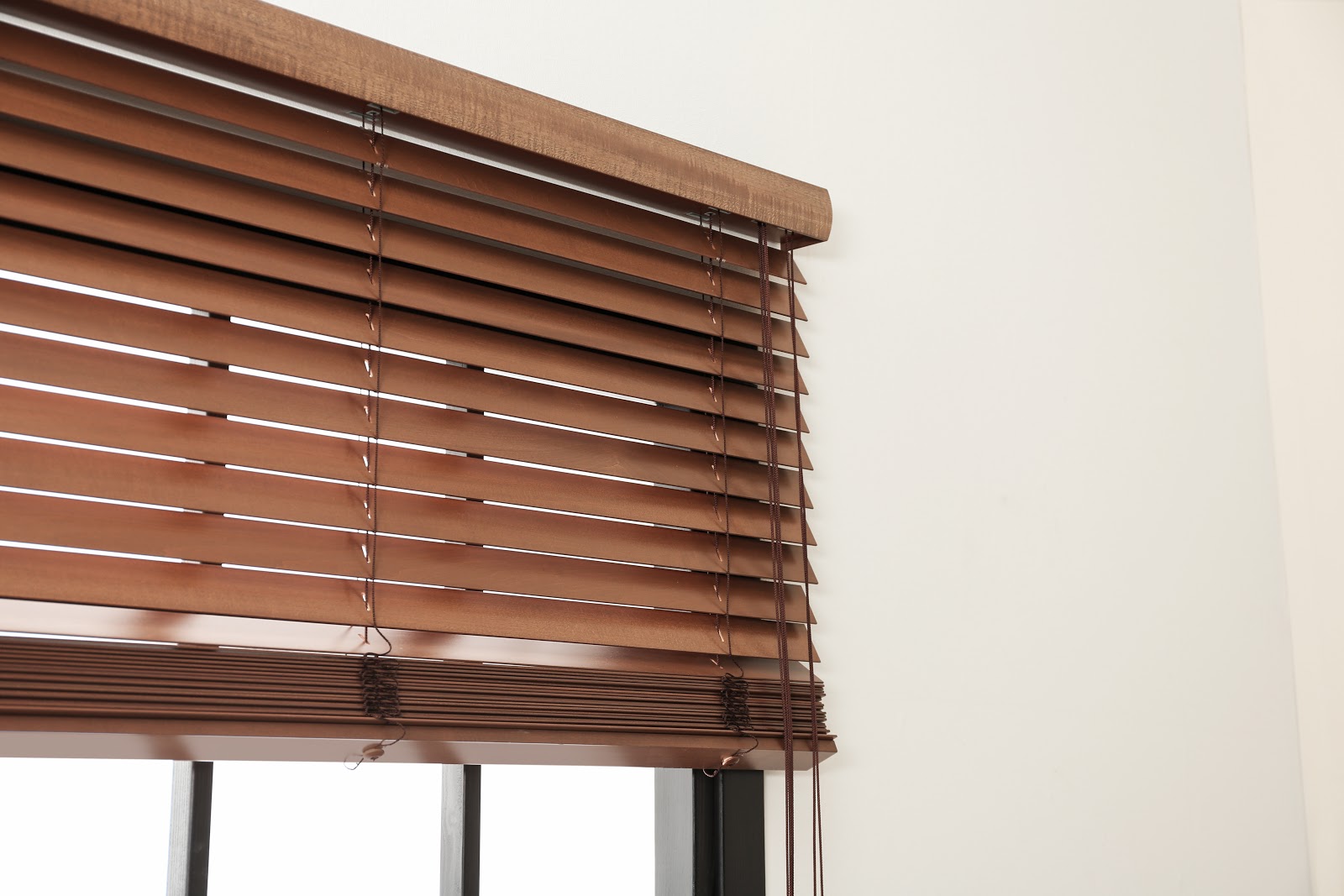

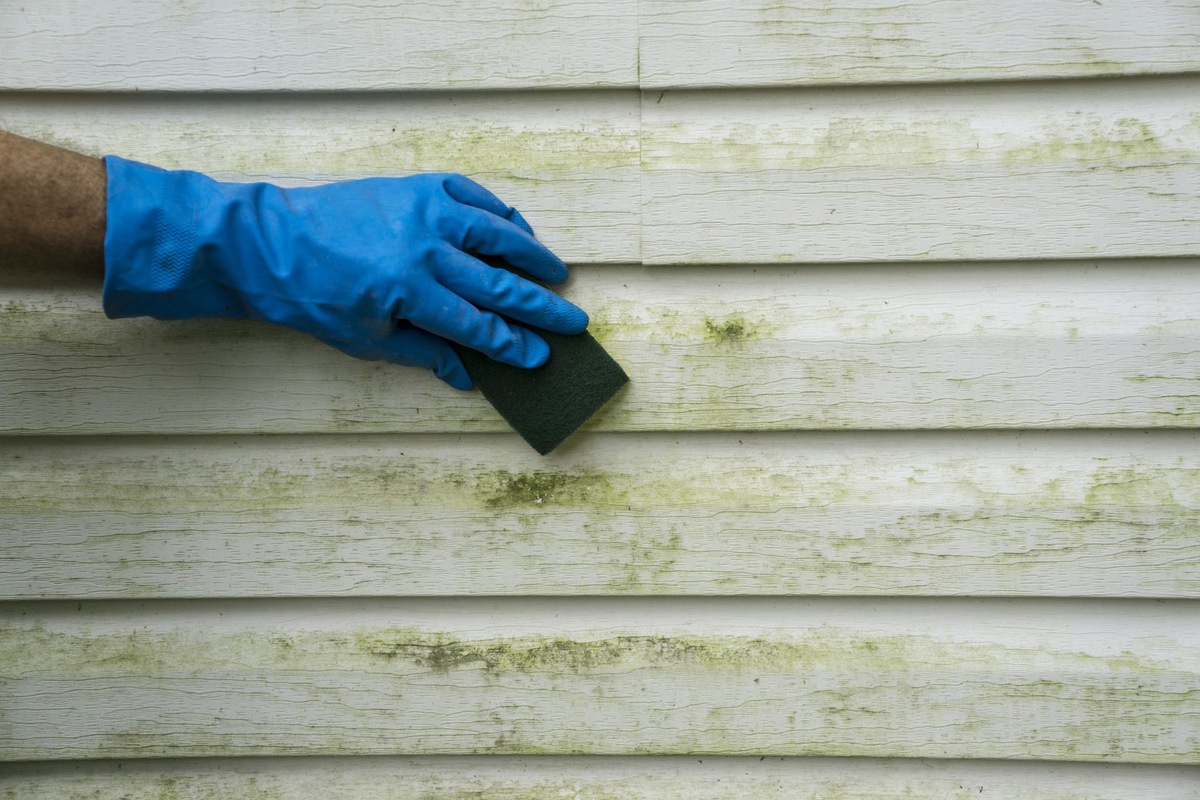
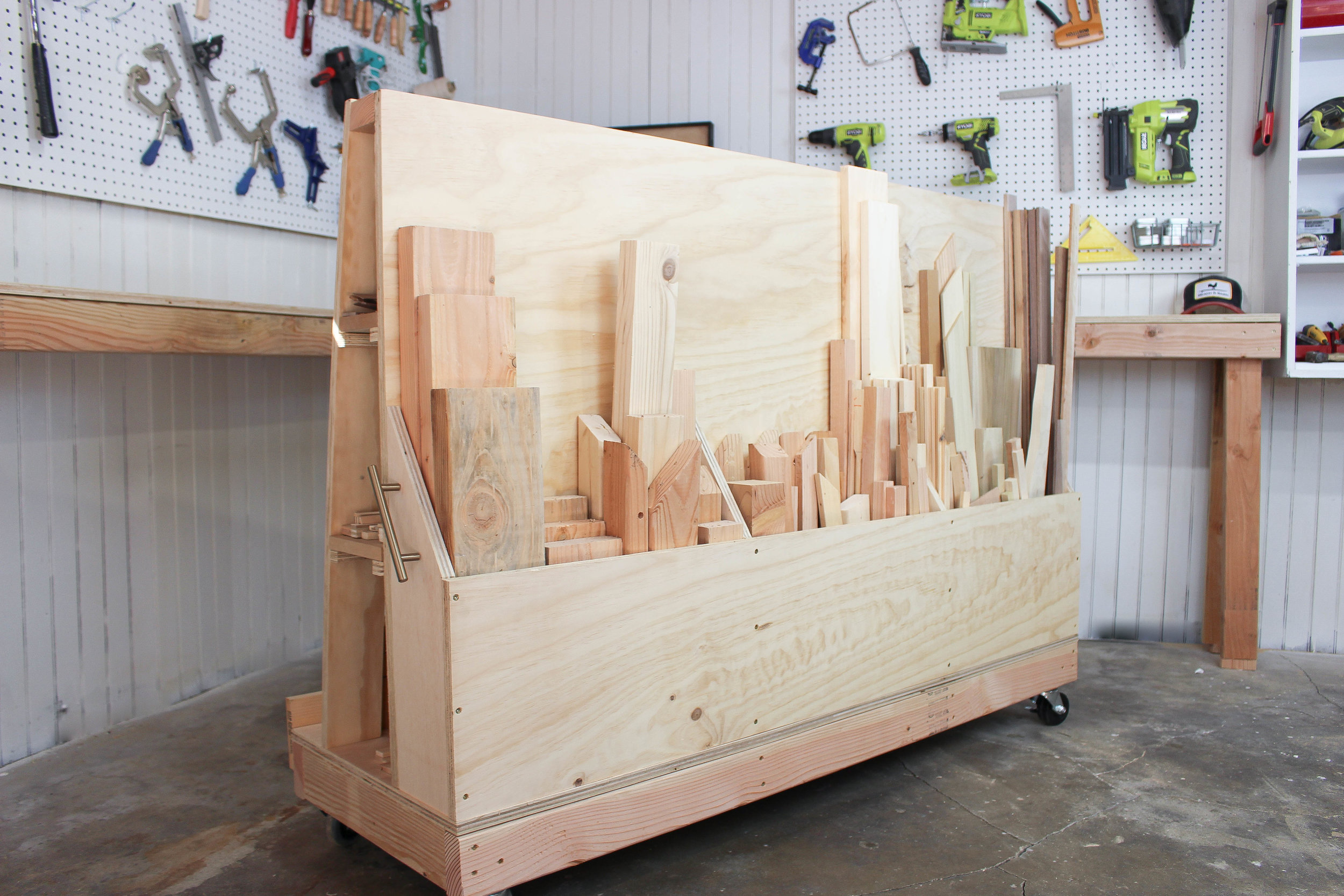
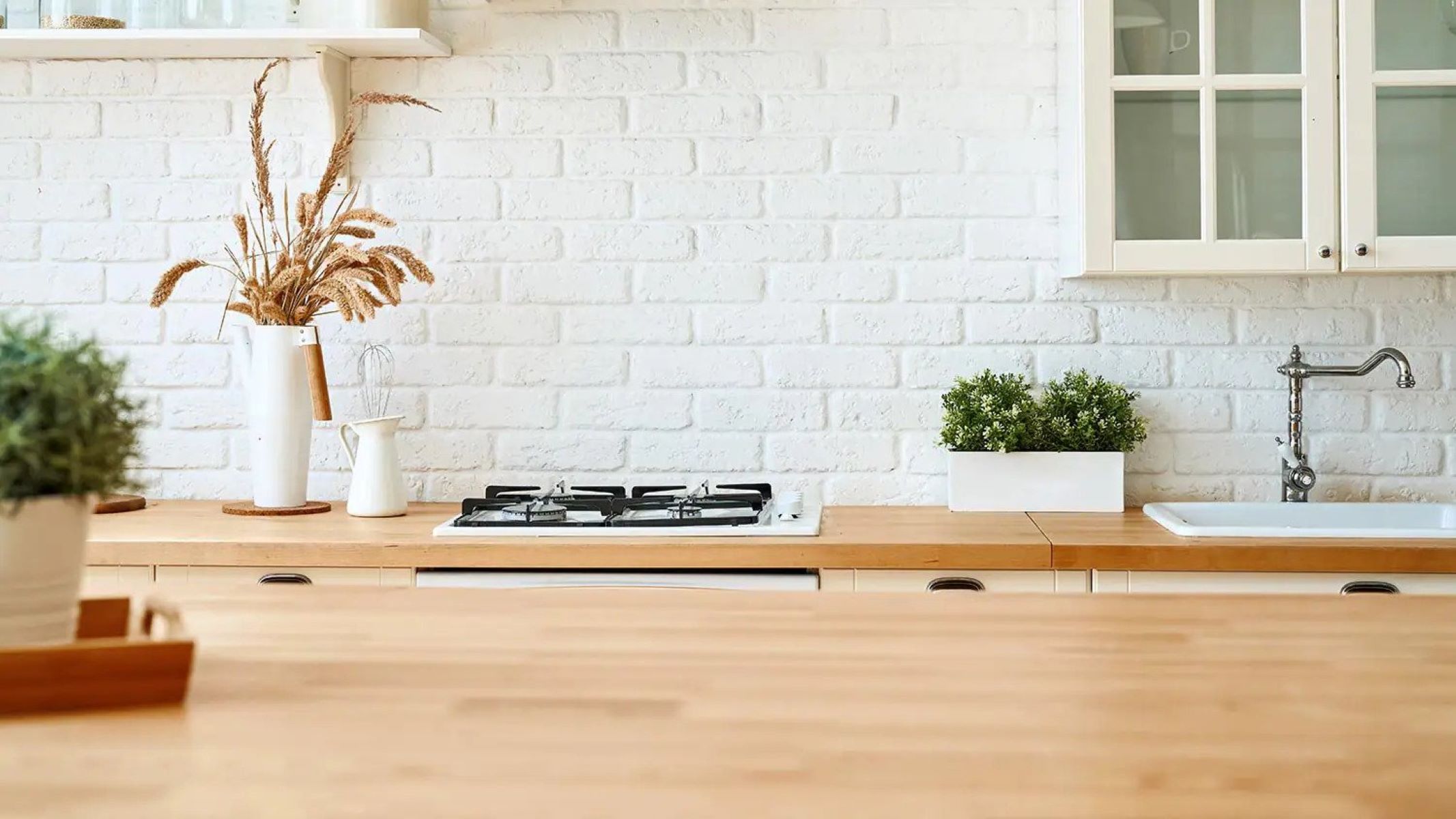
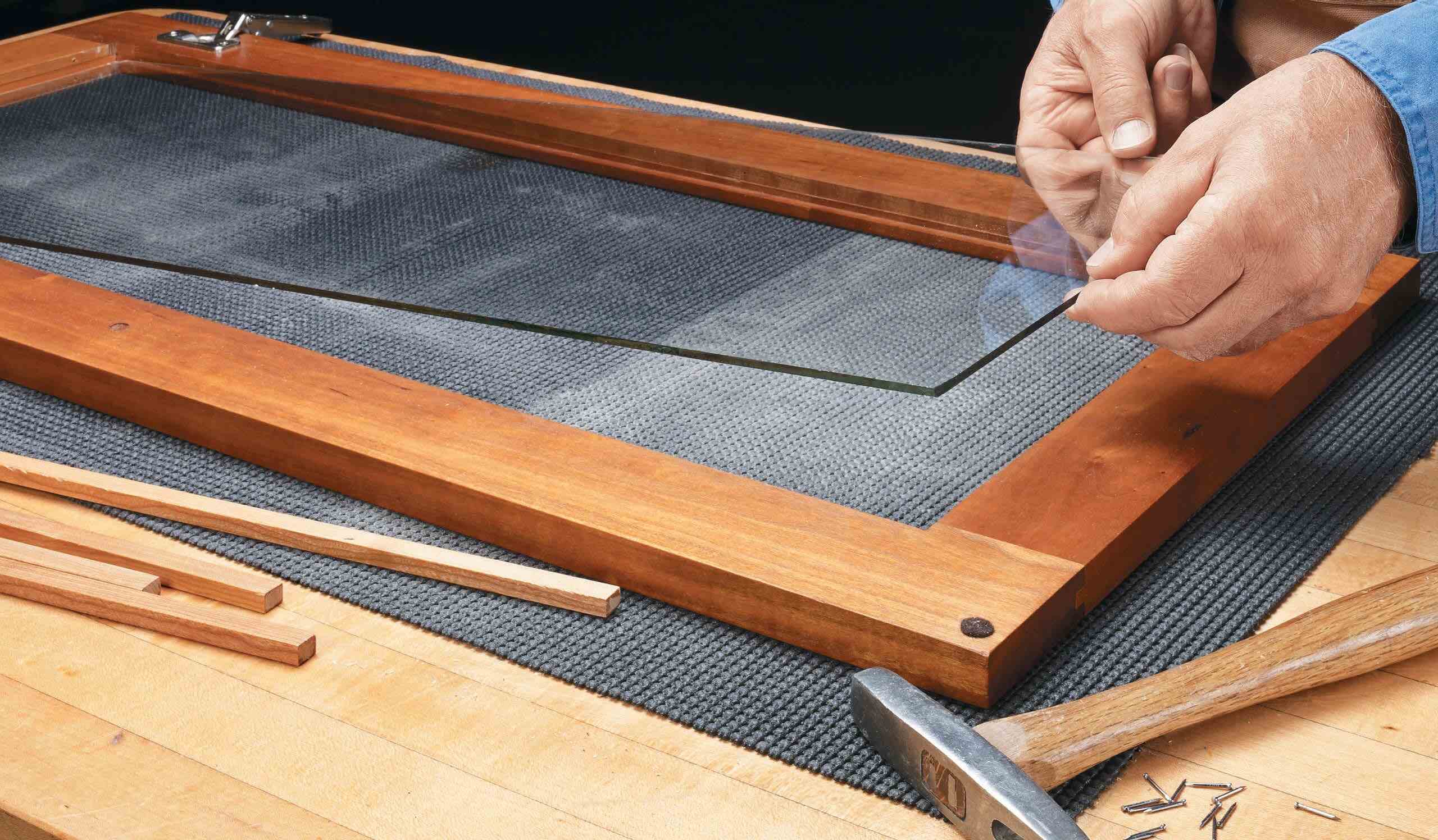

0 thoughts on “Did You Know? Wood Primer Is Really Important!”